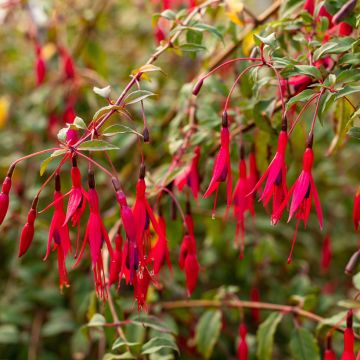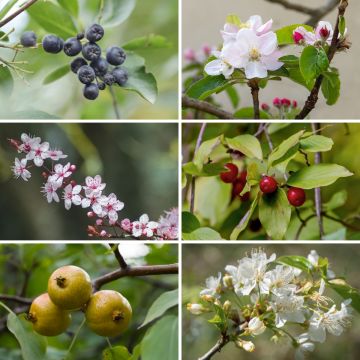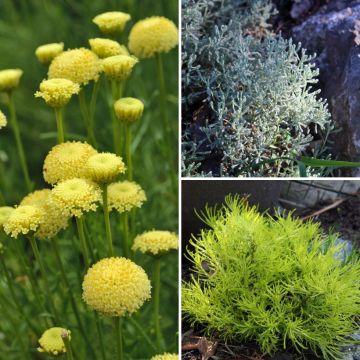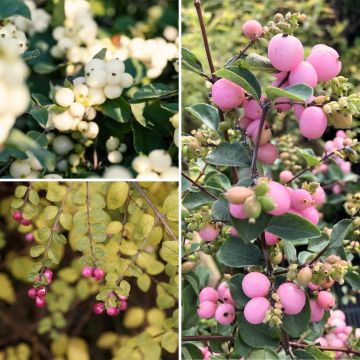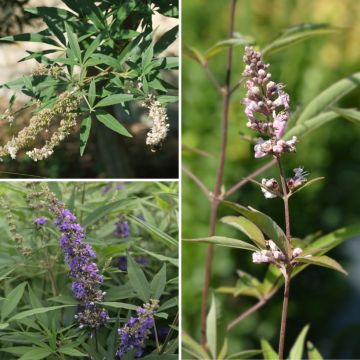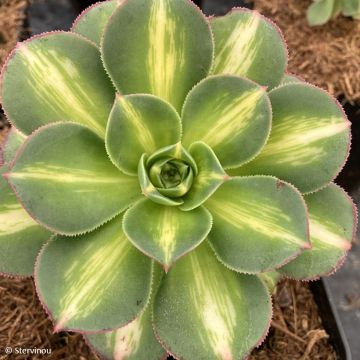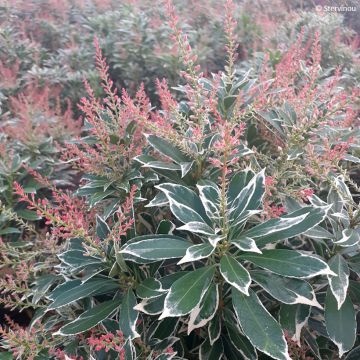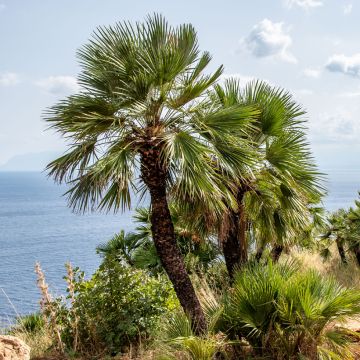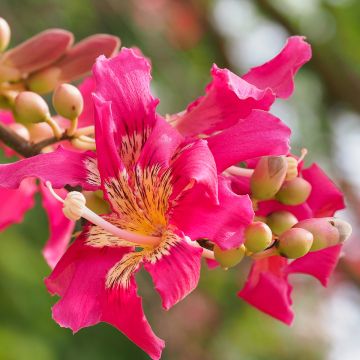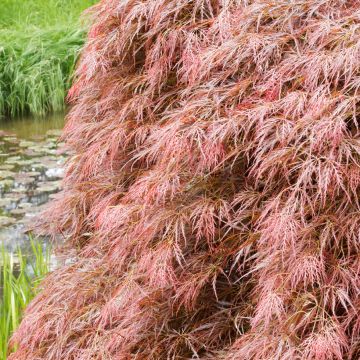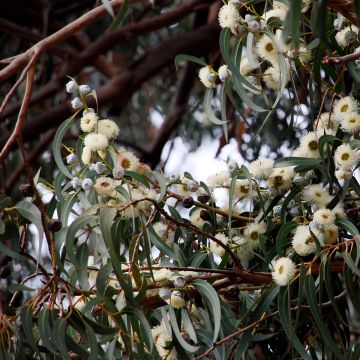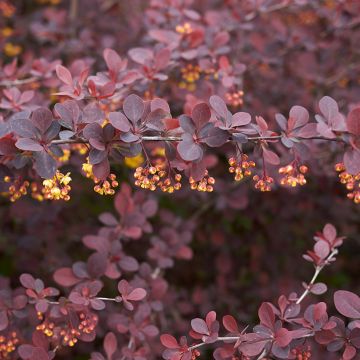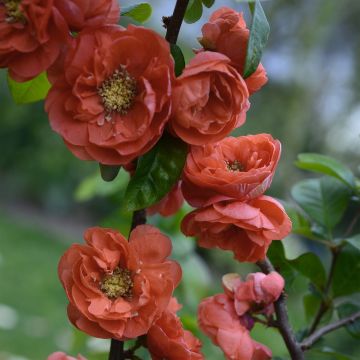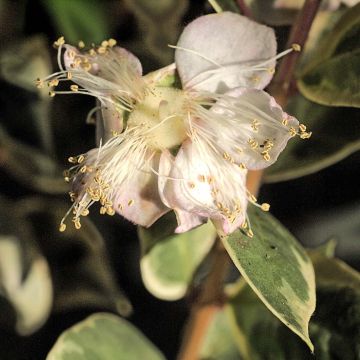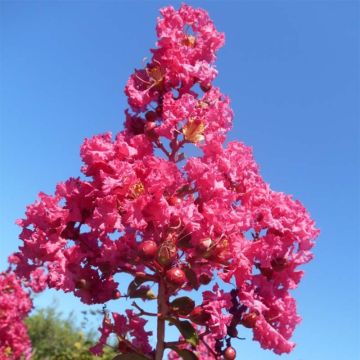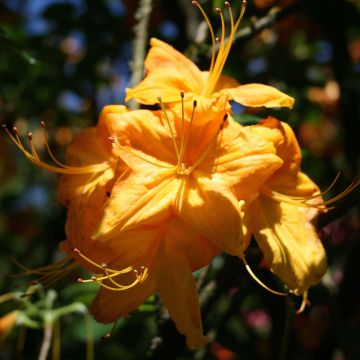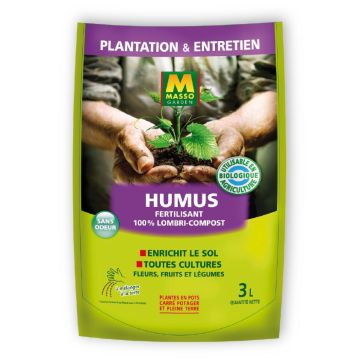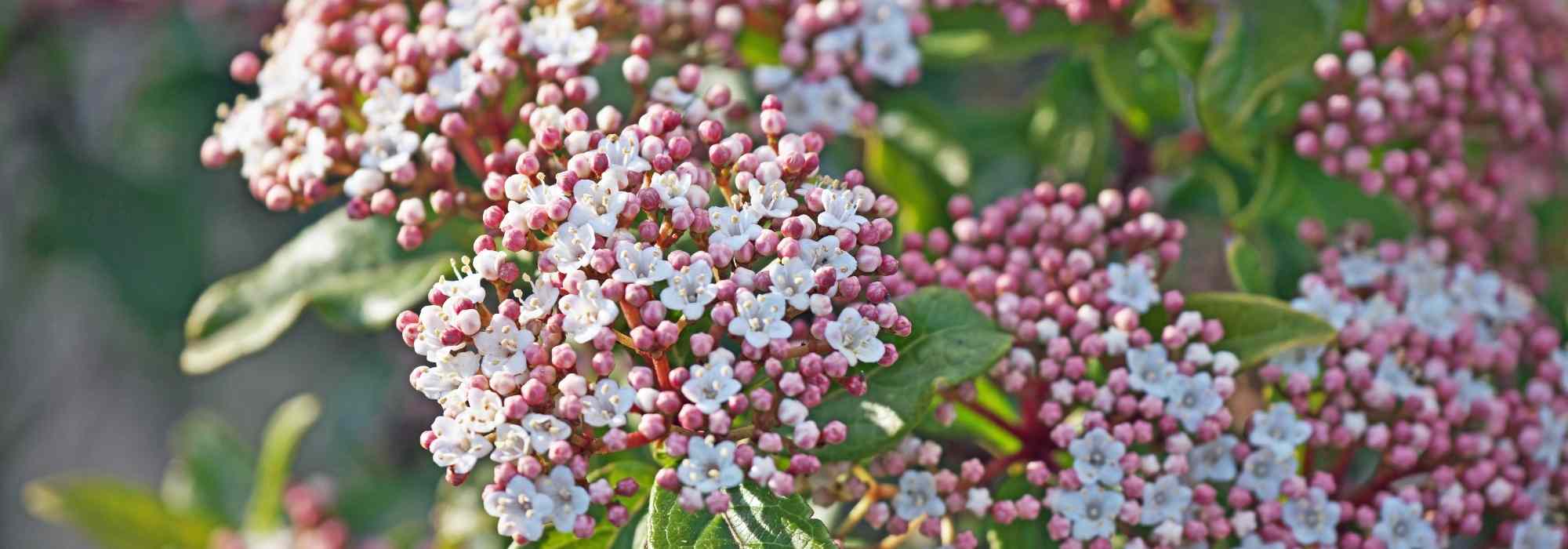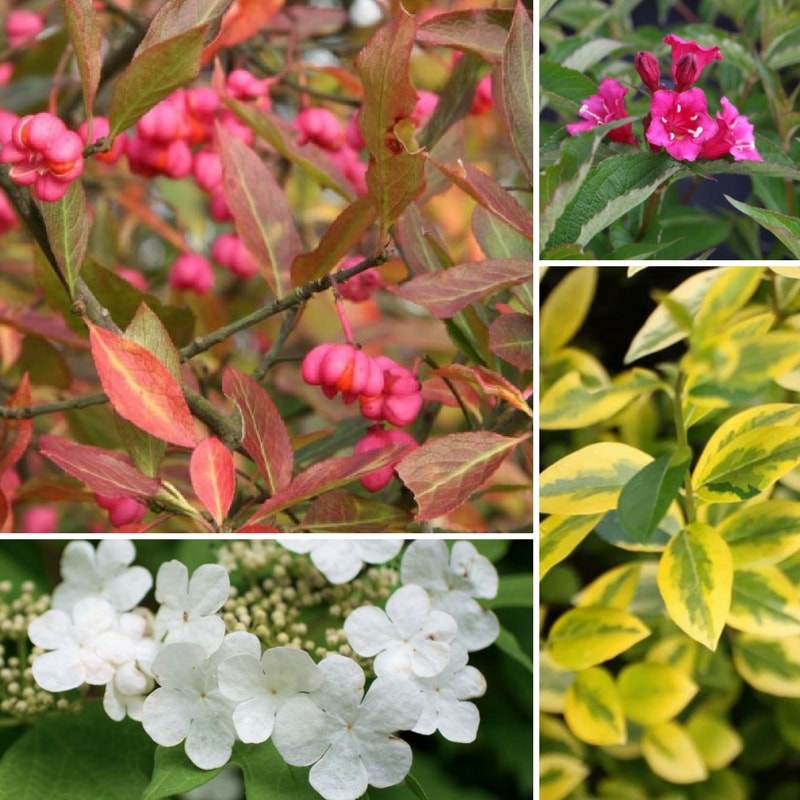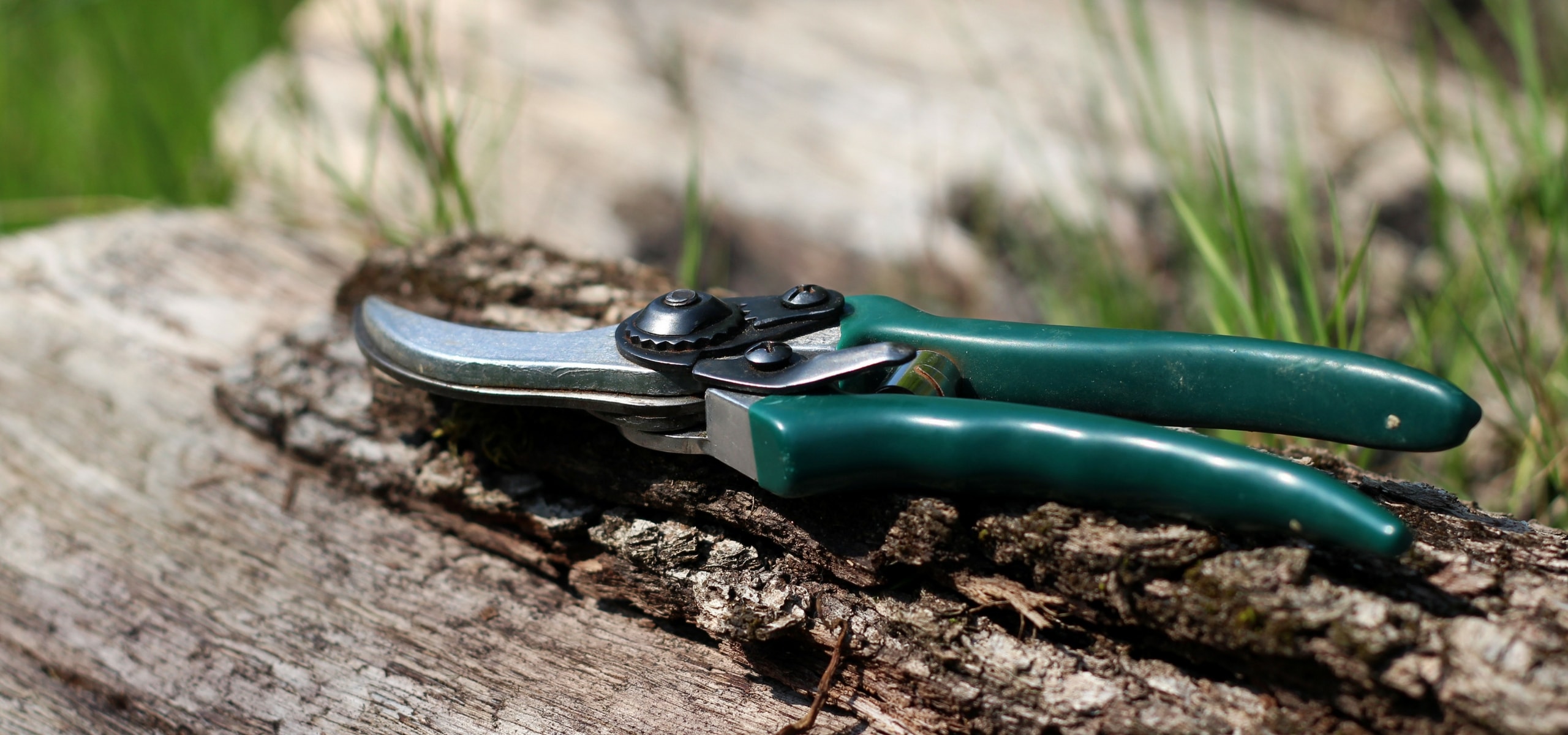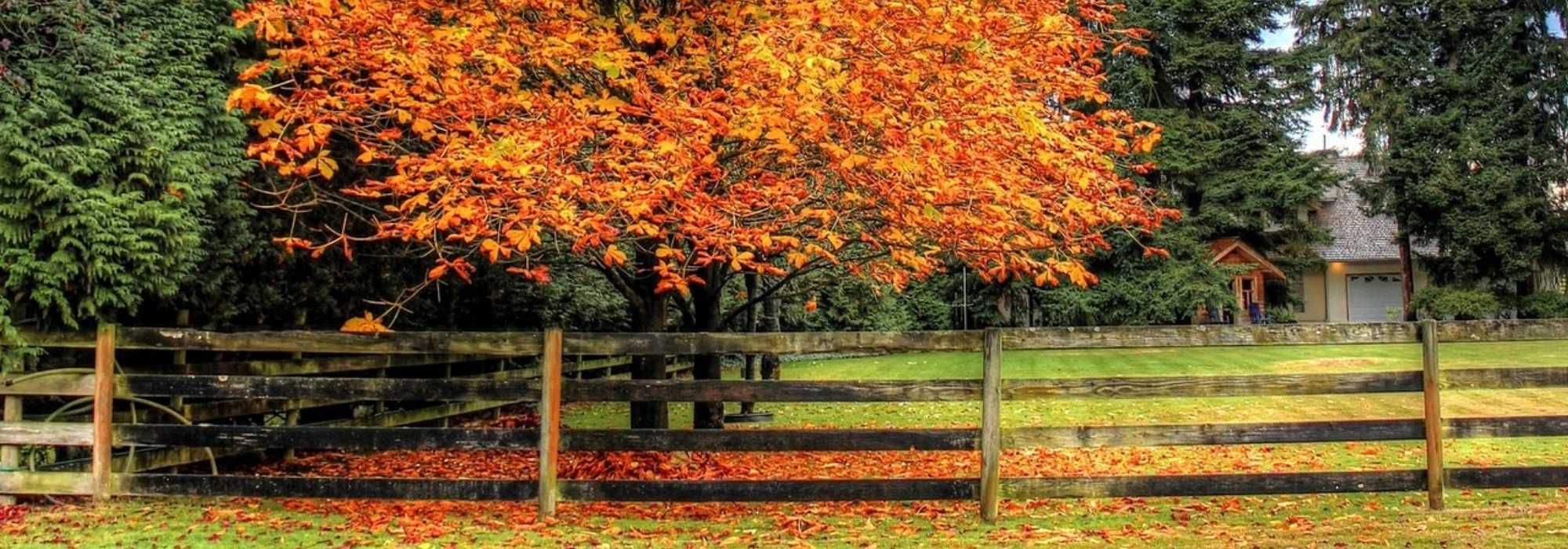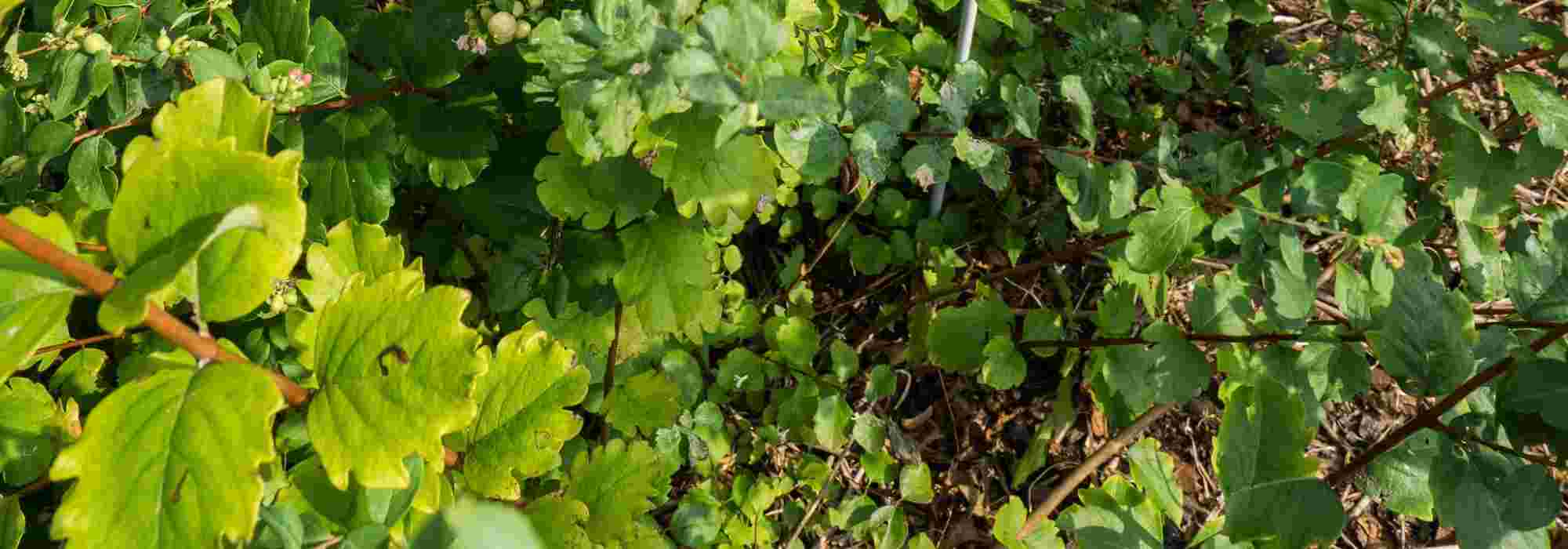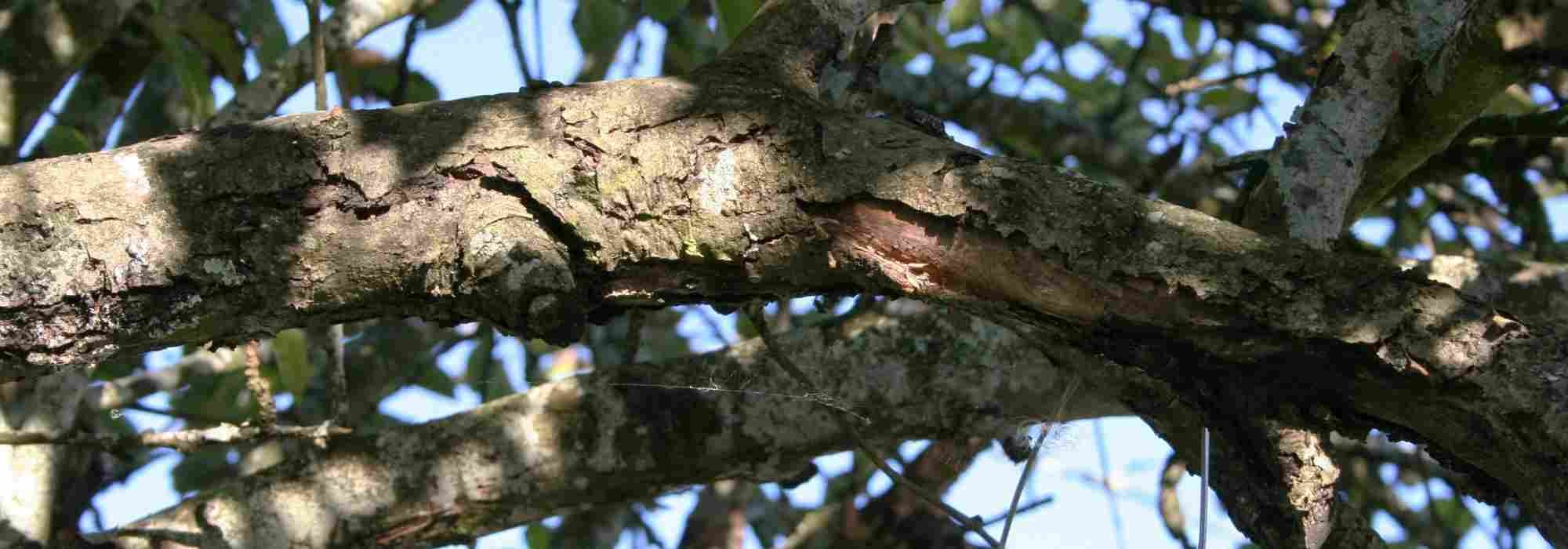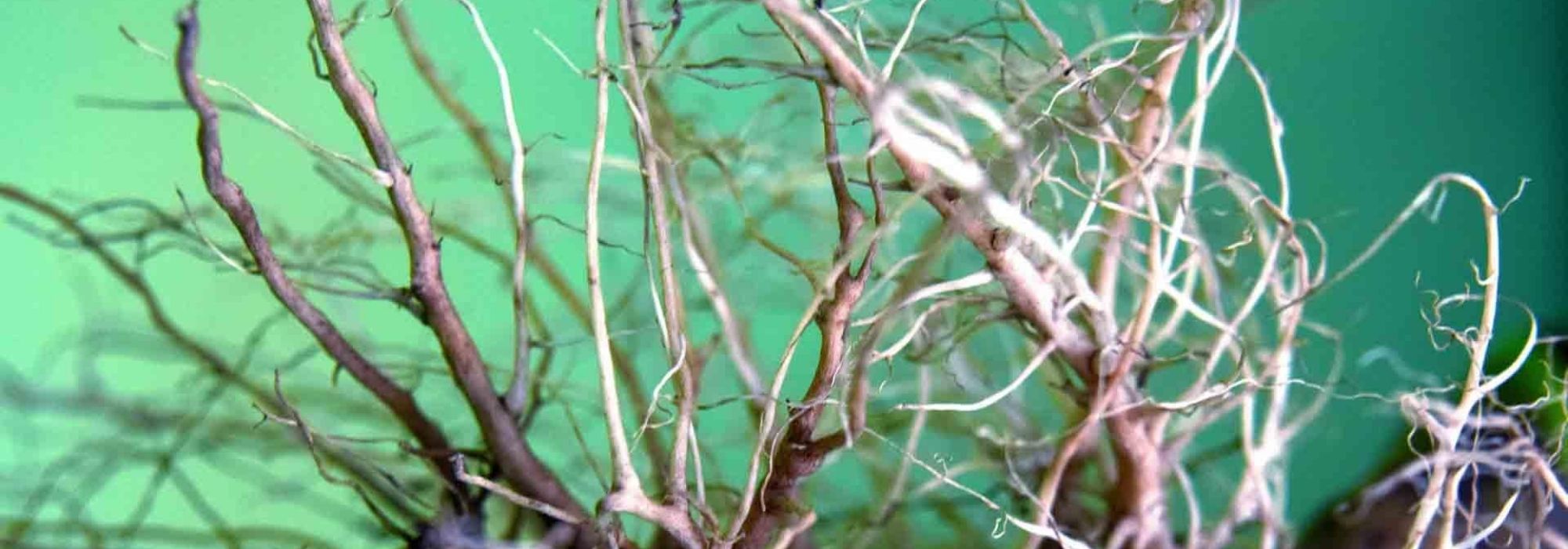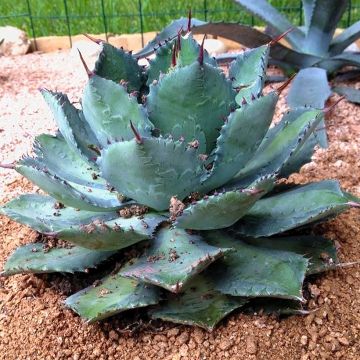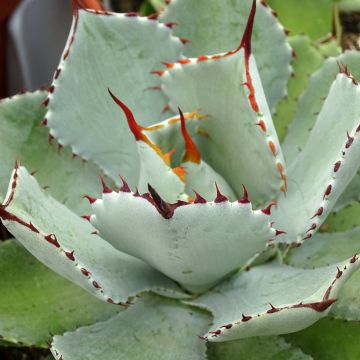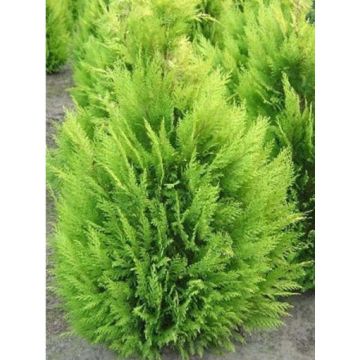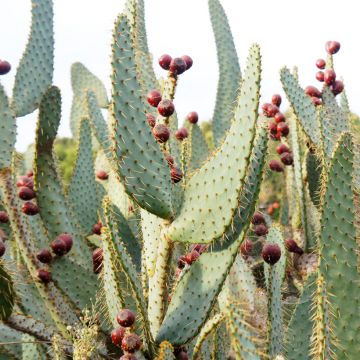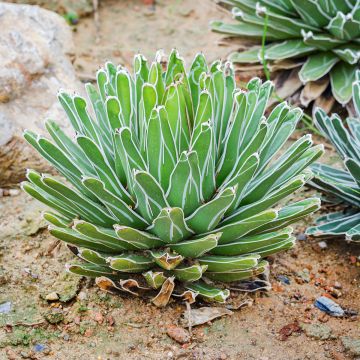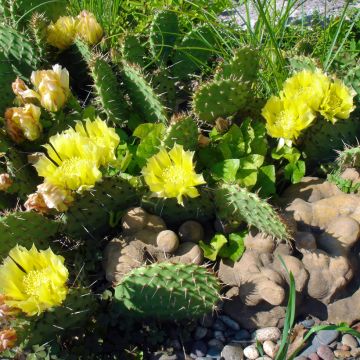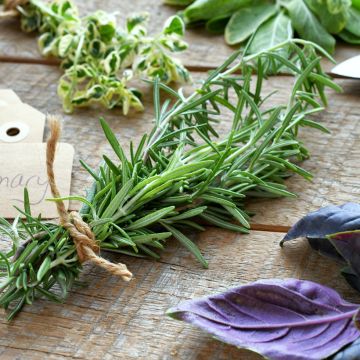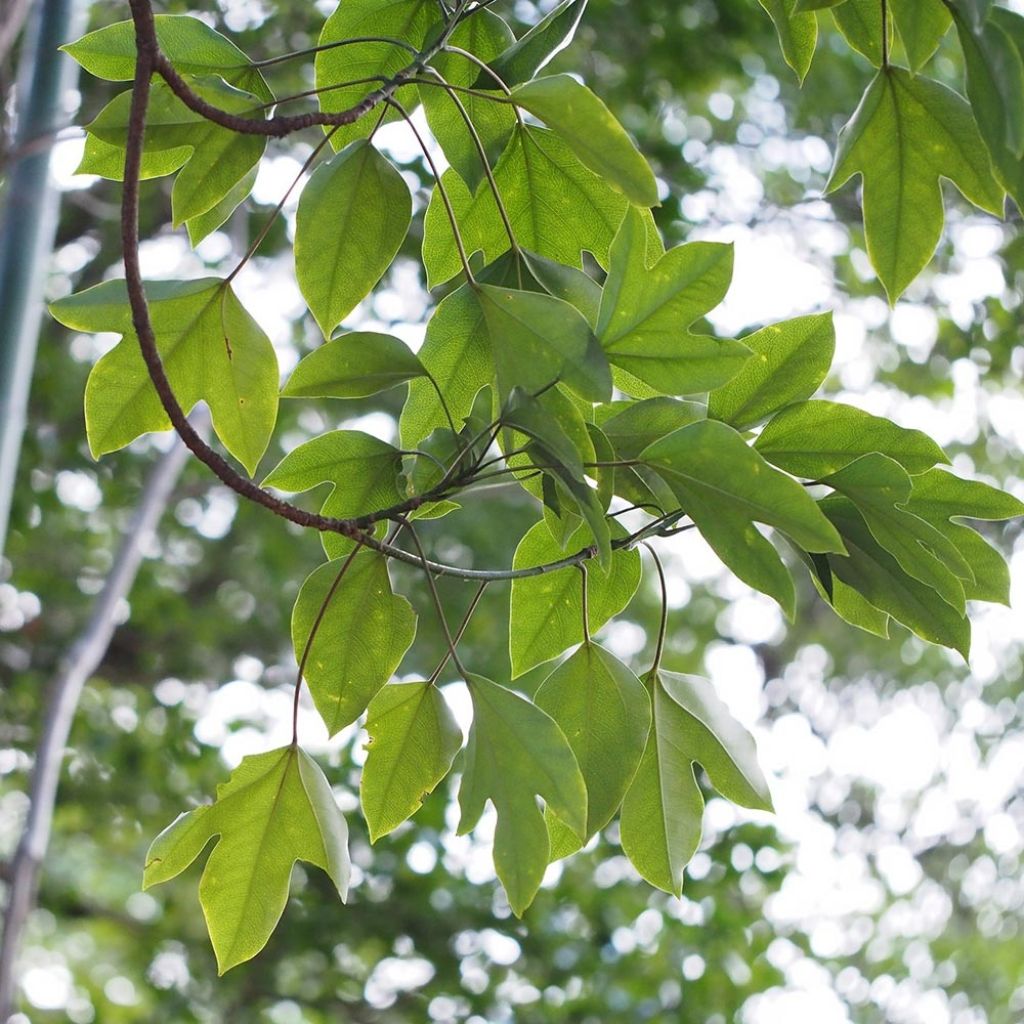

Dendropanax japonicus
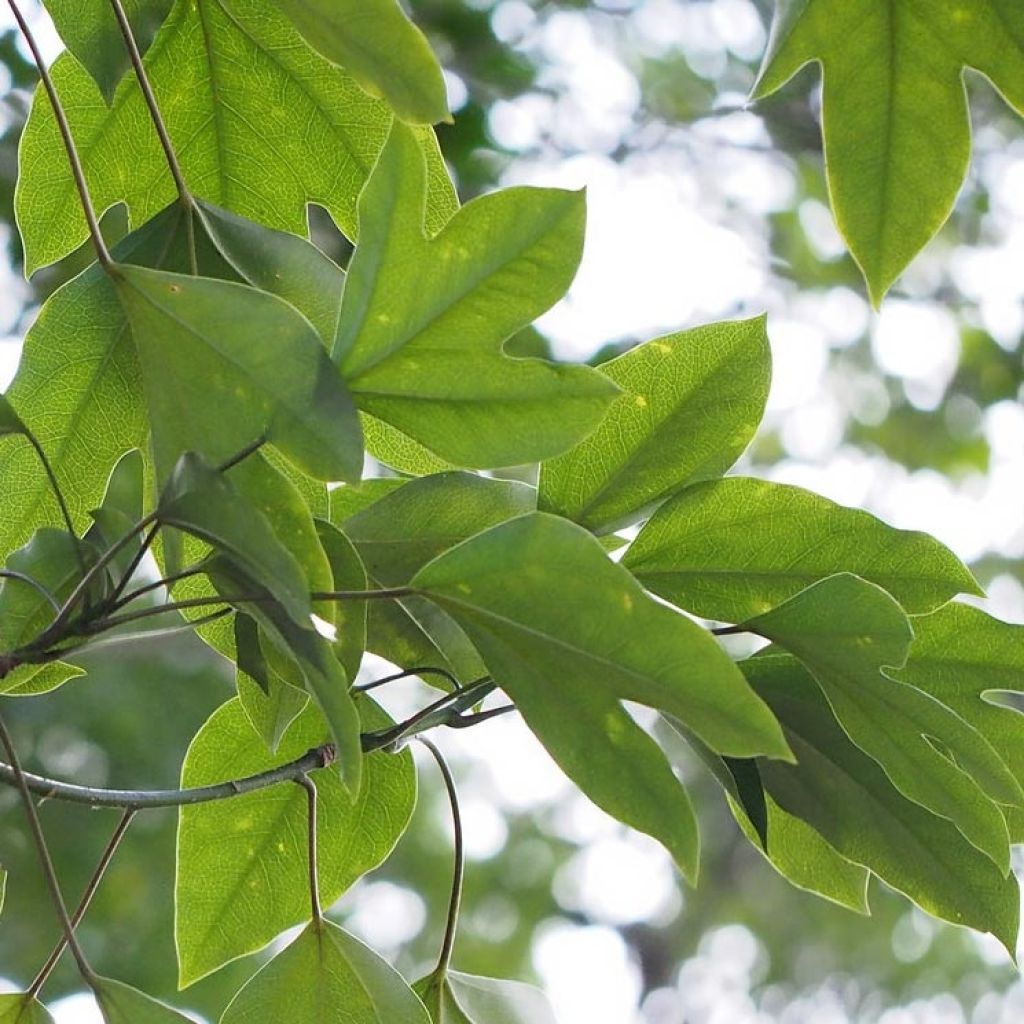

Dendropanax japonicus
Dendropanax japonicus
Dendropanax japonicus
Special offer!
Receive a €20 voucher for any order over €90 (excluding delivery costs, credit notes, and plastic-free options)!
1- Add your favorite plants to your cart.
2- Once you have reached €90, confirm your order (you can even choose the delivery date!).
3- As soon as your order is shipped, you will receive an email containing your voucher code, valid for 3 months (90 days).
Your voucher is unique and can only be used once, for any order with a minimum value of €20, excluding delivery costs.
Can be combined with other current offers, non-divisible and non-refundable.
Why not try an alternative variety in stock?
View all →This plant carries a 24 months recovery warranty
More information
We guarantee the quality of our plants for a full growing cycle, and will replace at our expense any plant that fails to recover under normal climatic and planting conditions.
Does this plant fit my garden?
Set up your Plantfit profile →
Description
Dendropanax japonicus is a bush belonging to the Araliaceae family and still very rare in cultivation. It forms a large bush or a small evergreen tree to be grown in protected areas. Perfect for a contemporary ambiance or exotic garden.
Also called Dendropanax trifidus, this cousin of ivy and false aralia (Fatsia japonica) has large, dark green, leathery and shiny leaves, whose shape varies depending on the ripeness of the plant. This phenomenon, which botanists call "foliar polymorphism", is also observed in ivy. In the case of Dendropanax japonicus, the leaves of juvenile plants are divided into 2 to 3 lobes, sometimes 5, while mature plants (those that are old enough to flower) have entire leaves of oval to elliptical shape, 10 cm to 20 cm (3.9 in to 7.9 in) long. The leaves are arranged alternately on the stems, which are of a beautiful shiny green colour. The old stems take on a greyish colour. In June-July, a discreet flowering appears: it is typical of the Araliaceae, in terminal umbels of apetalous flowers (without petals) with a grey-green colour. This is followed by black berries like those of ivy.
Dendropanax japonicus can reach a height of 4 m (13.1 ft) in favourable conditions. It can form a small trunk at the base or grow in clumps. It will thus become a large bush or a small tree with a rounded crown. In any case, its habit is always airy and very elegant. It is considered hardy down to -8° C to -12° C (17.6° F to 10.4° F). It is possible that a well-established plant may lose its foliage in cold weather, but it will regrow from the base when temperatures increase. It can therefore be planted in sheltered gardens on the coast or in city centres. Its modest size is ideal for small urban gardens. It greatly appreciates hot summers but it will only tolerate full sun if the ambient air is not too dry in summer, otherwise its foliage will turn yellow: in that case, it is better to choose a cool and semi-shaded location.
Its natural habitat is located in forests and coppices of subtropical to temperate areas from southern Japan to Taiwan. The Dendropanax genus includes about a hundred species, but Dendropanax japonicus is currently the only cultivated species in the West.
Report an error about the product description
Dendropanax japonicus in pictures
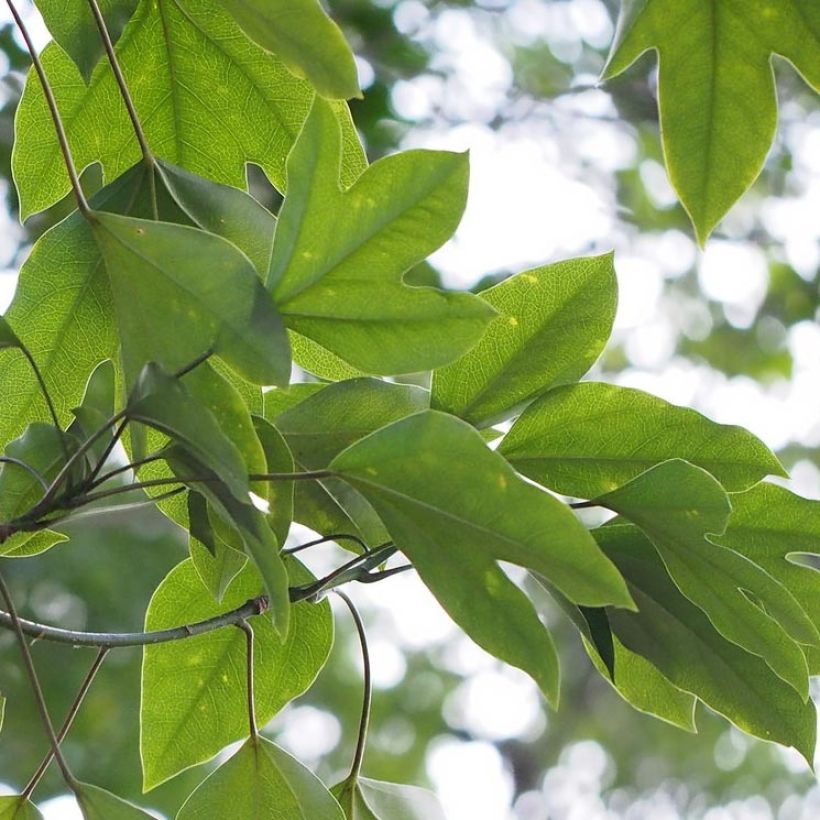

Plant habit
Flowering
Foliage
Botanical data
Dendropanax
japonicus
Araliaceae
Southeast Asia
Other Shrubs A to Z
View all →Planting and care
Planting period
Intended location
Care
Planting & care advice
This item has not been reviewed yet - be the first to leave a review about it.
Similar products
Haven't found what you were looking for?
Hardiness is the lowest winter temperature a plant can endure without suffering serious damage or even dying. However, hardiness is affected by location (a sheltered area, such as a patio), protection (winter cover) and soil type (hardiness is improved by well-drained soil).

Photo Sharing Terms & Conditions
In order to encourage gardeners to interact and share their experiences, Promesse de fleurs offers various media enabling content to be uploaded onto its Site - in particular via the ‘Photo sharing’ module.
The User agrees to refrain from:
- Posting any content that is illegal, prejudicial, insulting, racist, inciteful to hatred, revisionist, contrary to public decency, that infringes on privacy or on the privacy rights of third parties, in particular the publicity rights of persons and goods, intellectual property rights, or the right to privacy.
- Submitting content on behalf of a third party;
- Impersonate the identity of a third party and/or publish any personal information about a third party;
In general, the User undertakes to refrain from any unethical behaviour.
All Content (in particular text, comments, files, images, photos, videos, creative works, etc.), which may be subject to property or intellectual property rights, image or other private rights, shall remain the property of the User, subject to the limited rights granted by the terms of the licence granted by Promesse de fleurs as stated below. Users are at liberty to publish or not to publish such Content on the Site, notably via the ‘Photo Sharing’ facility, and accept that this Content shall be made public and freely accessible, notably on the Internet.
Users further acknowledge, undertake to have ,and guarantee that they hold all necessary rights and permissions to publish such material on the Site, in particular with regard to the legislation in force pertaining to any privacy, property, intellectual property, image, or contractual rights, or rights of any other nature. By publishing such Content on the Site, Users acknowledge accepting full liability as publishers of the Content within the meaning of the law, and grant Promesse de fleurs, free of charge, an inclusive, worldwide licence for the said Content for the entire duration of its publication, including all reproduction, representation, up/downloading, displaying, performing, transmission, and storage rights.
Users also grant permission for their name to be linked to the Content and accept that this link may not always be made available.
By engaging in posting material, Users consent to their Content becoming automatically accessible on the Internet, in particular on other sites and/or blogs and/or web pages of the Promesse de fleurs site, including in particular social pages and the Promesse de fleurs catalogue.
Users may secure the removal of entrusted content free of charge by issuing a simple request via our contact form.
The flowering period indicated on our website applies to countries and regions located in USDA zone 8 (France, the United Kingdom, Ireland, the Netherlands, etc.)
It will vary according to where you live:
- In zones 9 to 10 (Italy, Spain, Greece, etc.), flowering will occur about 2 to 4 weeks earlier.
- In zones 6 to 7 (Germany, Poland, Slovenia, and lower mountainous regions), flowering will be delayed by 2 to 3 weeks.
- In zone 5 (Central Europe, Scandinavia), blooming will be delayed by 3 to 5 weeks.
In temperate climates, pruning of spring-flowering shrubs (forsythia, spireas, etc.) should be done just after flowering.
Pruning of summer-flowering shrubs (Indian Lilac, Perovskia, etc.) can be done in winter or spring.
In cold regions as well as with frost-sensitive plants, avoid pruning too early when severe frosts may still occur.
The planting period indicated on our website applies to countries and regions located in USDA zone 8 (France, United Kingdom, Ireland, Netherlands).
It will vary according to where you live:
- In Mediterranean zones (Marseille, Madrid, Milan, etc.), autumn and winter are the best planting periods.
- In continental zones (Strasbourg, Munich, Vienna, etc.), delay planting by 2 to 3 weeks in spring and bring it forward by 2 to 4 weeks in autumn.
- In mountainous regions (the Alps, Pyrenees, Carpathians, etc.), it is best to plant in late spring (May-June) or late summer (August-September).
The harvesting period indicated on our website applies to countries and regions in USDA zone 8 (France, England, Ireland, the Netherlands).
In colder areas (Scandinavia, Poland, Austria...) fruit and vegetable harvests are likely to be delayed by 3-4 weeks.
In warmer areas (Italy, Spain, Greece, etc.), harvesting will probably take place earlier, depending on weather conditions.
The sowing periods indicated on our website apply to countries and regions within USDA Zone 8 (France, UK, Ireland, Netherlands).
In colder areas (Scandinavia, Poland, Austria...), delay any outdoor sowing by 3-4 weeks, or sow under glass.
In warmer climes (Italy, Spain, Greece, etc.), bring outdoor sowing forward by a few weeks.






























